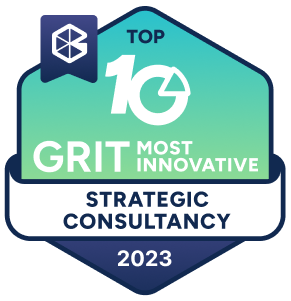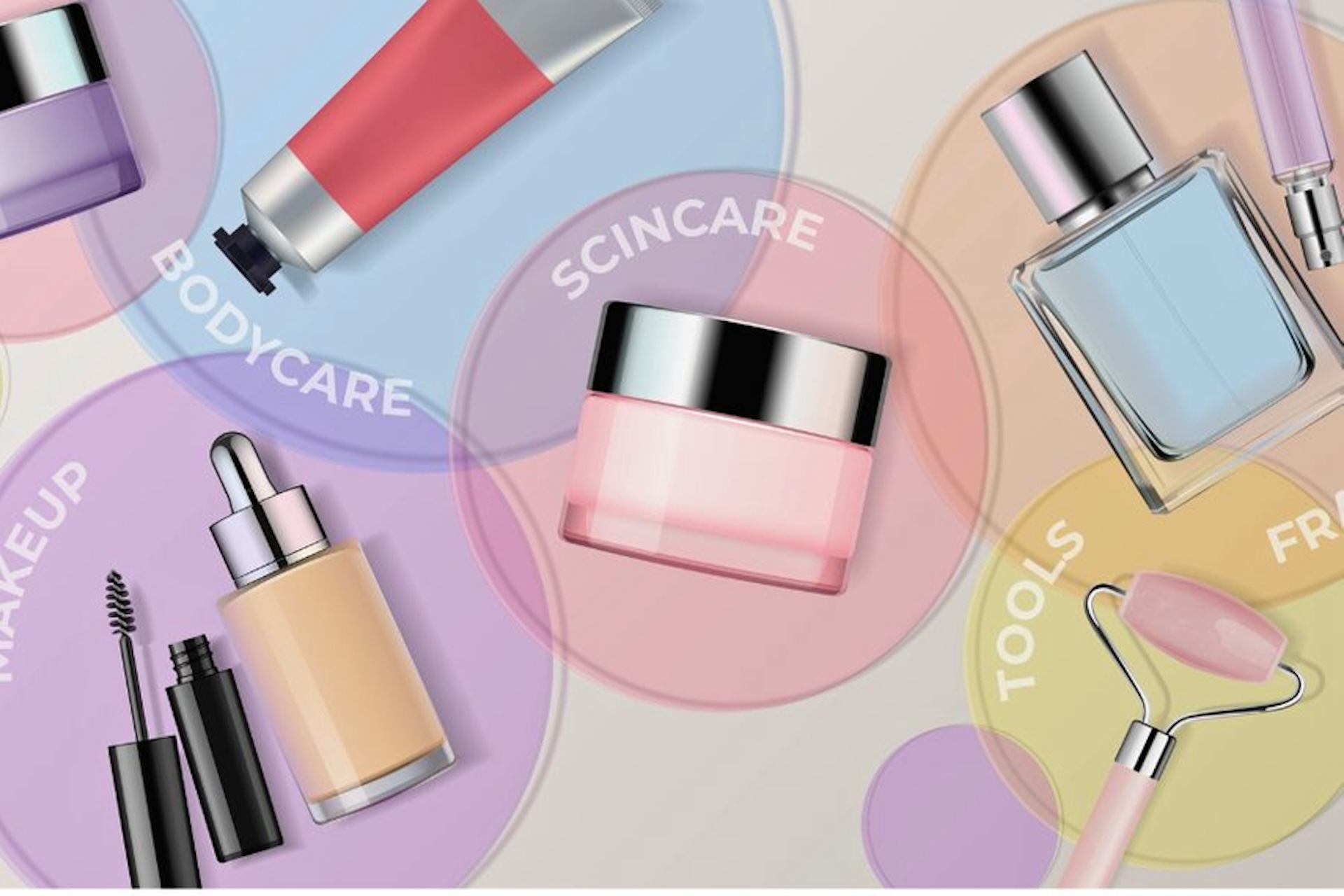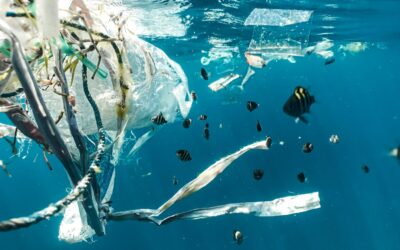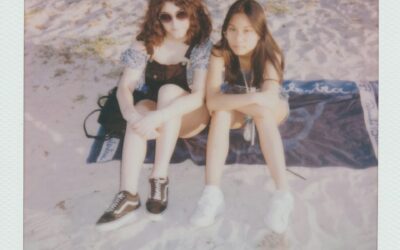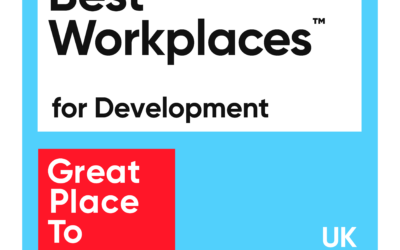Every day consumers show off, review, recommend and debate beauty products on TikTok, Instagram and YouTube, actively shaping beauty culture just as much as big brands do.
But what shifts in consumer mindset have been happening online, and most importantly, how should brands react to them? Let’s explore them below.
1. DUPE CULTURE
What is it?
Consumers are under financial pressure and while the lipstick effect is alive and well, many are also actively trying to save on non-essential items, for example buying a dupe (‘duplicate’, aka a knock-off that doesn’t skimp on quality) of a trending beauty product.
Another aspect of dupe culture is the satisfaction of feeling like you ‘gamed the system’ by not falling for the marketing ploys of more expensive products. For those who are producing and not just watching beauty content, there’s the added bonus of showing off their research prowess in finding a perfect match for the real thing – and possibly being rewarded by going viral for it.
What does it tell us about beauty culture?
Consumers have grown sceptical of brand names as the sole guarantee of higher quality. Most buyers primarily see a beauty purchase as a way to ‘fix’ a problem; brand world, appealing packaging and a premium experience are nice to have, but visible results come first.
Besides, dupes have become so high-quality that many beauty lovers no longer feel the need to buy the original, and trends move so fast that buying new releases only gets users a few weeks of clout before everyone else joins in on the trend.
What does it mean for brands?
Product comes first – the best way to defend yourself from the dupe army is to demonstrate superior quality through proven claims such as science-backed ingredients or best-in-class colour payoff.
That said, consumers’ connection with beauty is still profoundly emotional and relies on the promise of a transformation that transcends mere physical appearance. A brand with powerful associations and a covetable aesthetic still moves mountains – invest in culturally relevant marketing to create a world that consumers can’t help but want to be part of.
2. DEINFLUENCING
What is it?
Influencers are no longer the sole rulers of the Internet – their shady business practices, over the top mannerisms and hyperbolic statements are starting to crack their façade of ‘regular consumers just like you’. Enter de-influencers – influencers who use their platform to convince users not to spend on the latest fad. They don’t mince words and deliver a much-needed hit of common sense to their audience, often taking down aspirational fantasies like ‘that girl’ or reminding viewers of the high environmental cost of their purchases. Even in consumeristic spaces like social media, there is still a degree of environmental awareness as well as creeping consumer fatigue – the idea is that jumping on every bandwagon can be harmful on many fronts.
What does it tell us about beauty culture?
Consumers are tired of dishonest messaging. Even when they fall for it, they’re inevitably disappointed when the over-hyped product ends up not suiting them or not meeting the unrealistic expectations set by influencers and marketers. Deep down, consumers know when something is too good to be true, and they want to hear it like it is.
What does it mean for brands?
When writing copy or collaborating with influencers, stay away from hyperbolic language such as ‘changed my life’, ‘the best’ or ‘the only [product] you will ever need’ – in beauty, most consumers understand there’s no one size fits all. Instead, show what products from your range would suit different skin types, tones, and even aesthetic preferences, offering an experience that feels both honest and bespoke.
3. SKIN CYCLING
What is it?
Skin cycling is about learning how to make the most of your skincare products, e.g. what to use when, in which order, with a focus on letting the skin rest and breathe on ‘recovery days’. Popularised on TikTok, it first took off during the pandemic, as people started piling on multiple medical-grade skincare actives at once, often with disastrous results such as damage to the skin barrier or even chemical burns.
What does it tell us about beauty culture?
Medical-grade actives have been dominating skincare for the past few years, yet most of them require knowledge and research beyond what the average consumer is willing to invest – no wonder many get burnt, literally.
While there are many resources online, it’s no surprise that consumers are trying to minimise effort while still protecting their skin by following easy rules of thumb such as skin cycling’s four-night rotation.
What does it mean for brands?
If you work for a skincare brand, you need to think of your products as part of a broader ‘routine ecosystem’. Don’t leave your consumers to their own devices, with nothing to rely on except for one line of copy in size 3 font on the back of your pack and the murky depths of Internet advice. Give them clear, legible instructions, links to videos and infographics, host Q&As and FAQs on your website and tell them what to do if they make a mistake and trigger a reaction. Show them you’re with them on their journey and you’ll gain an advantage over many competitors who leave skincare lovers high and dry.

